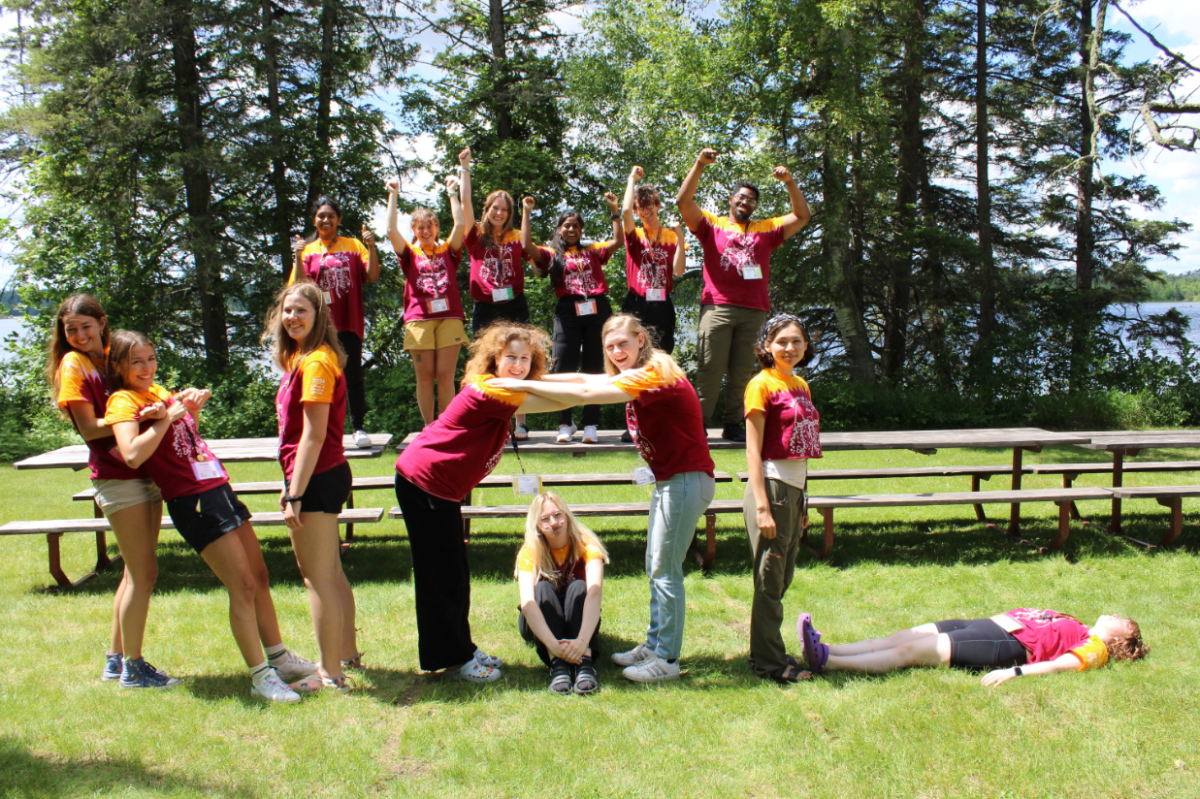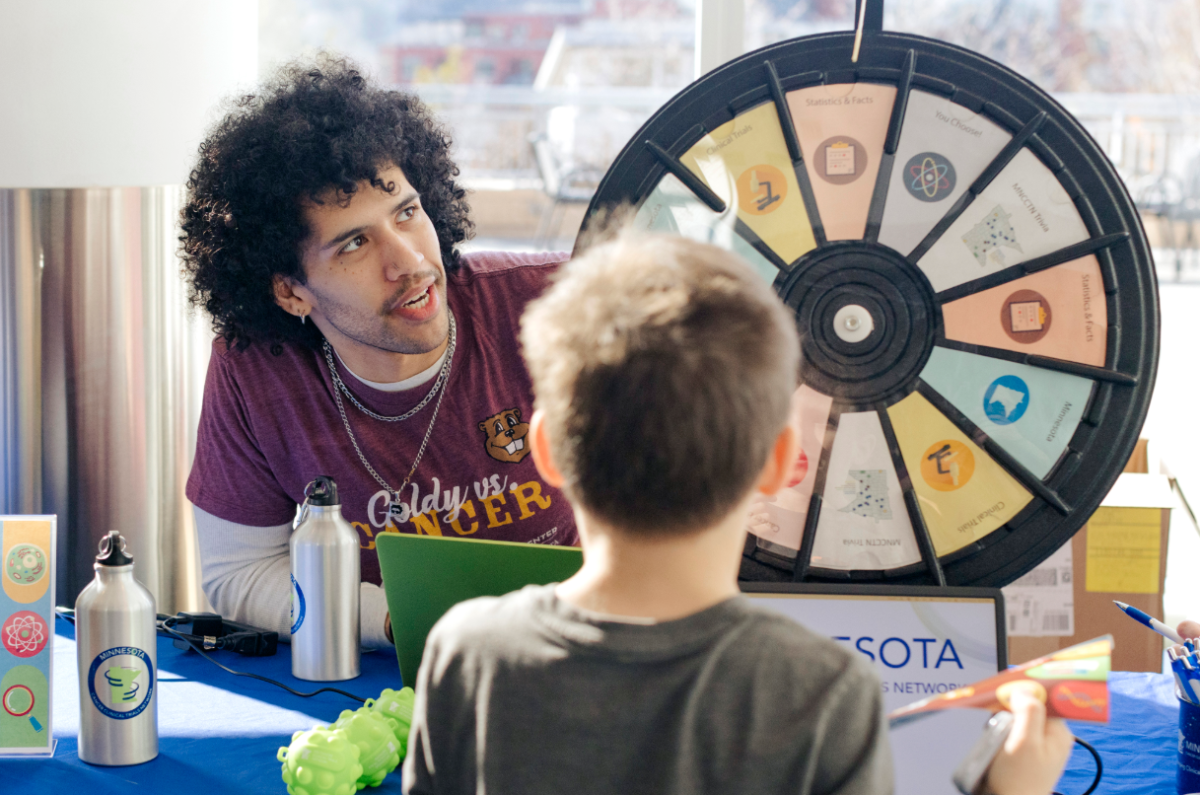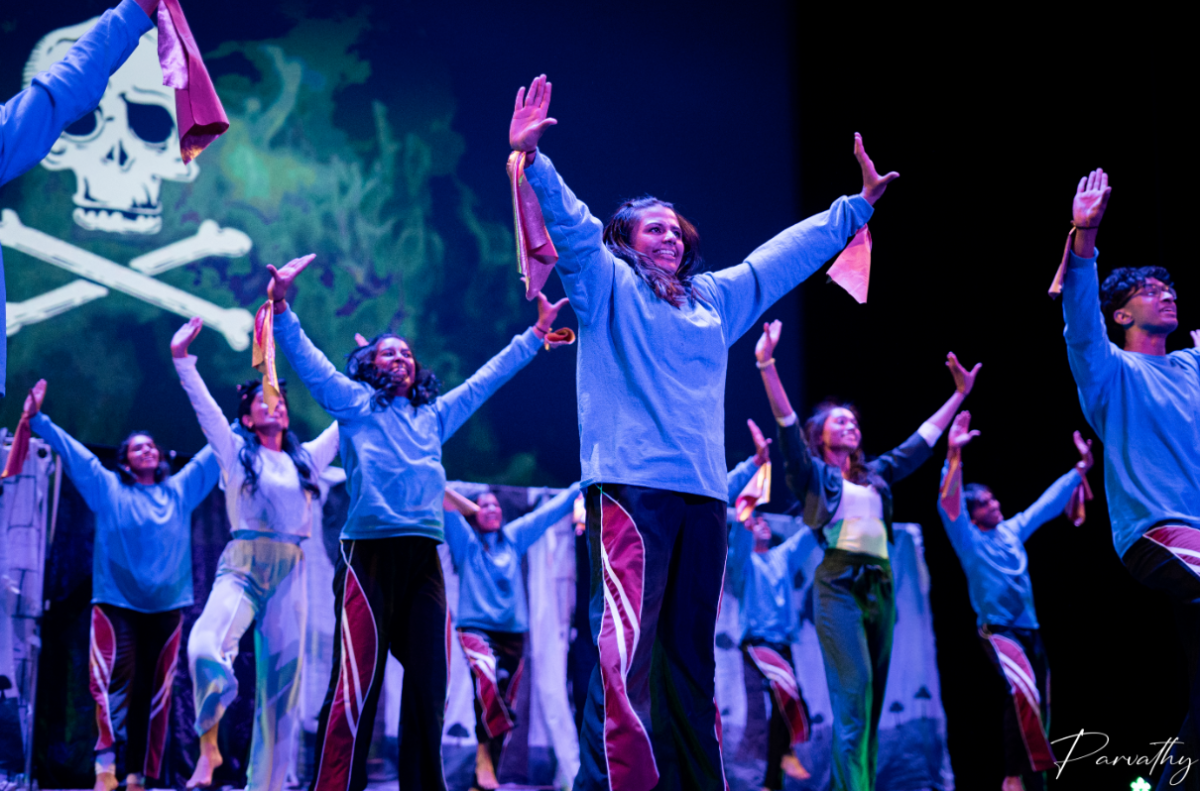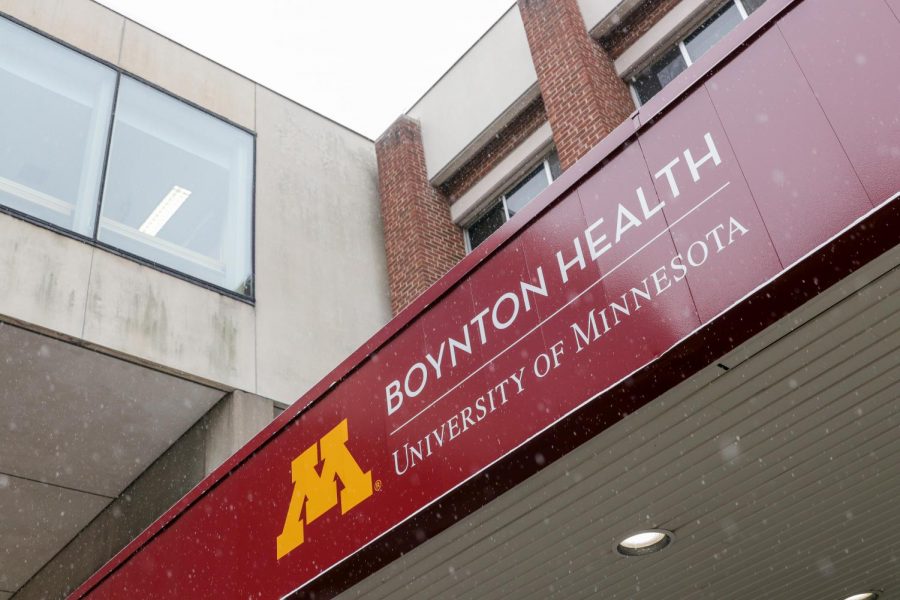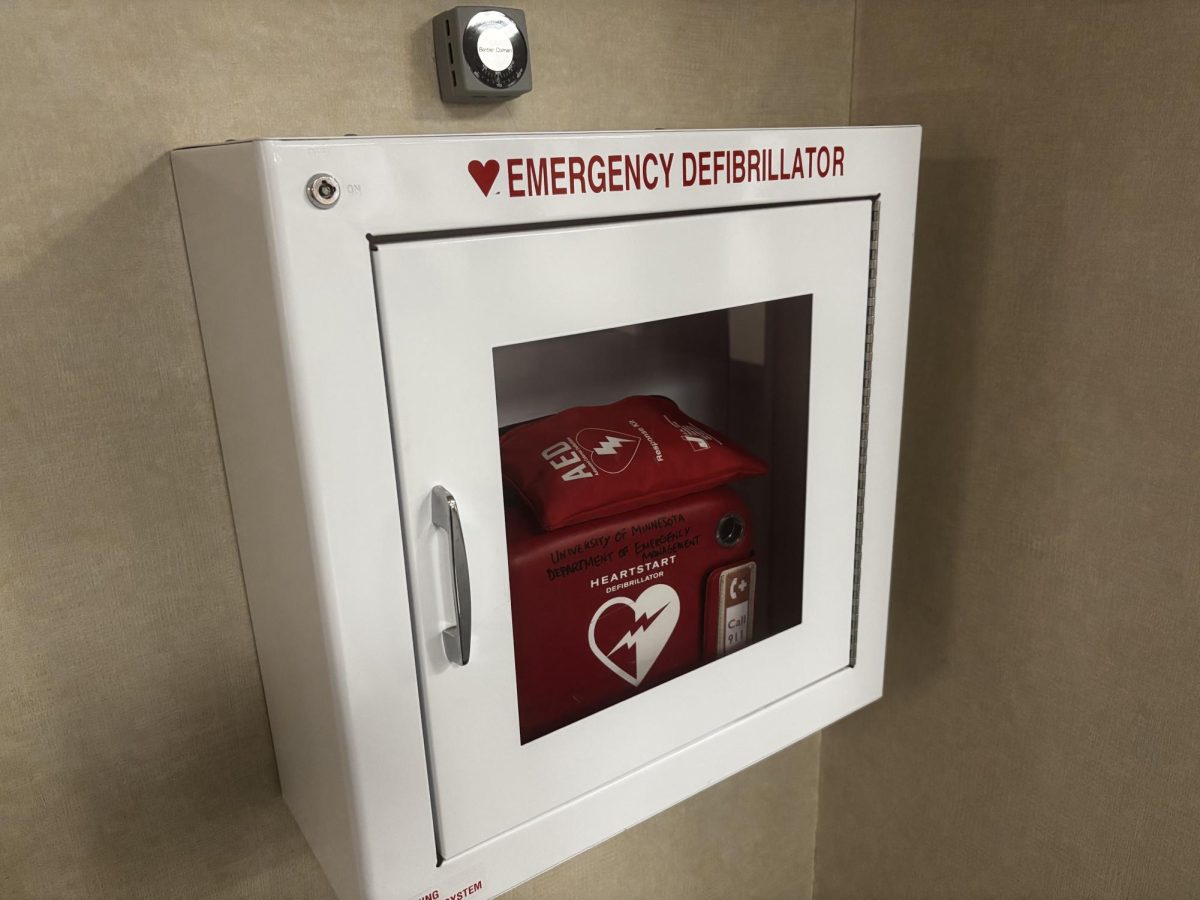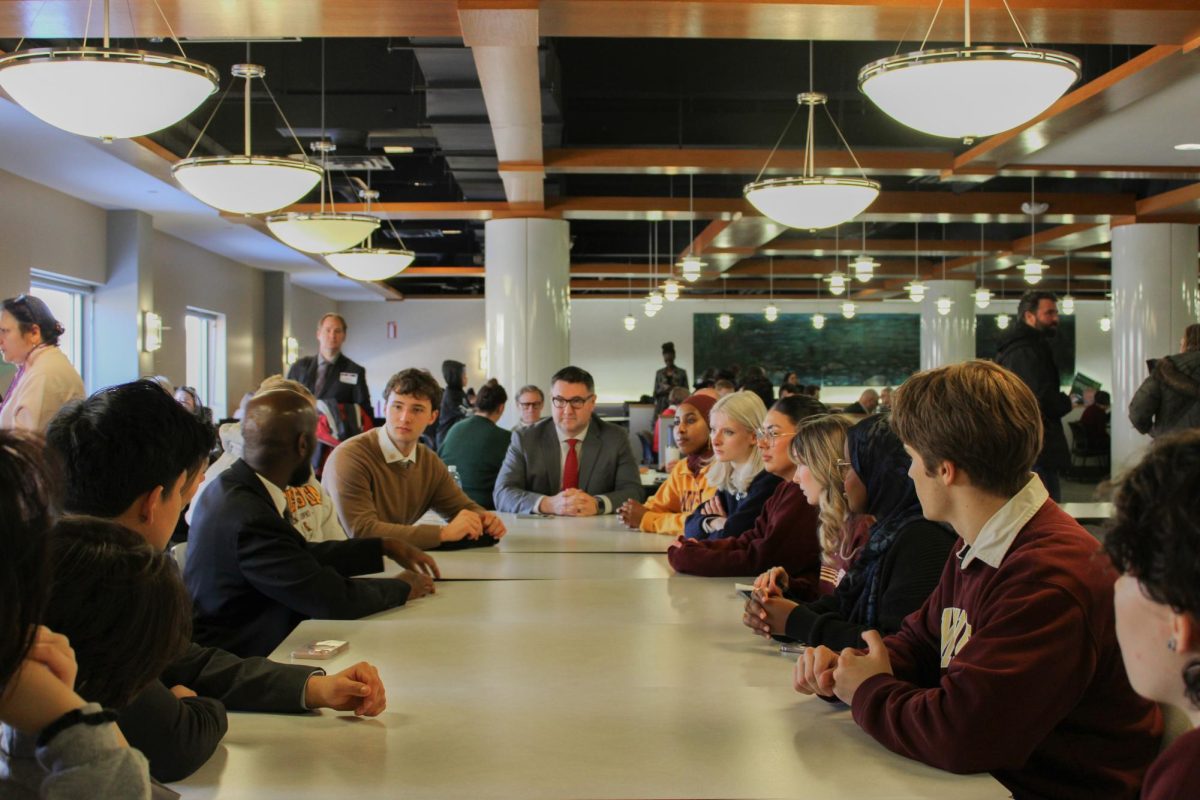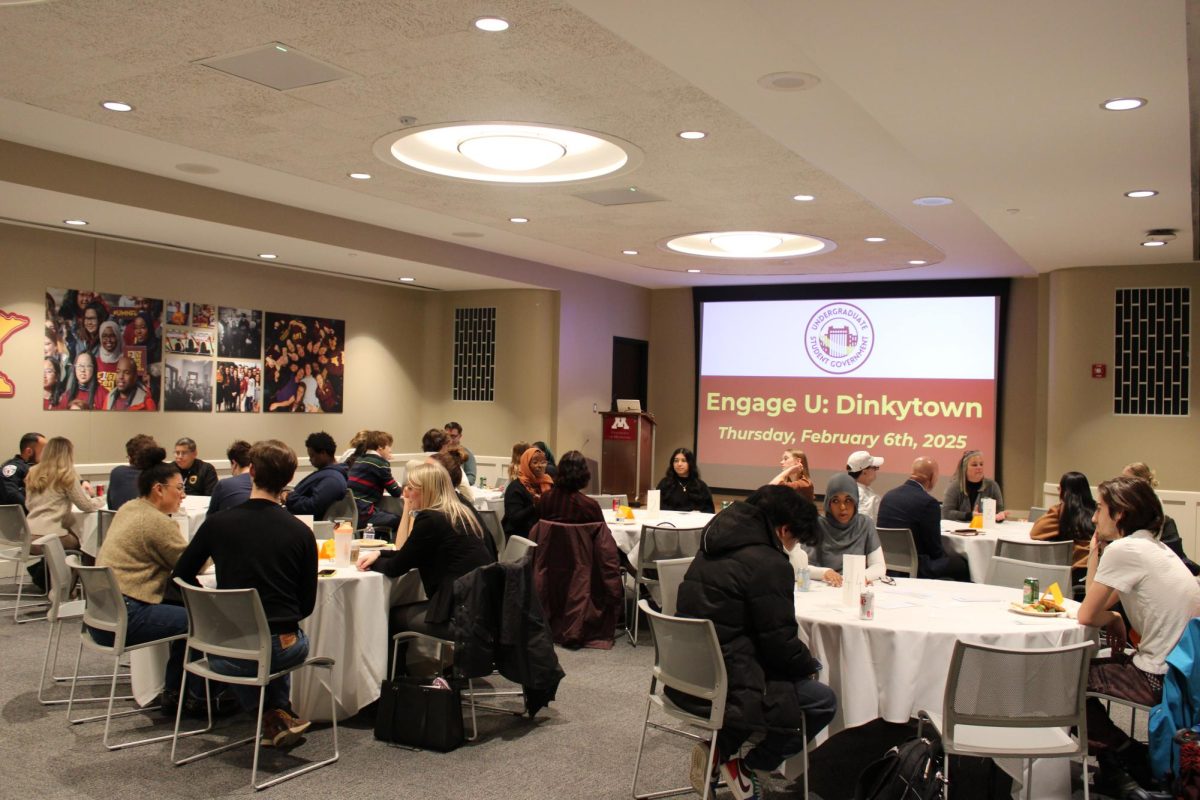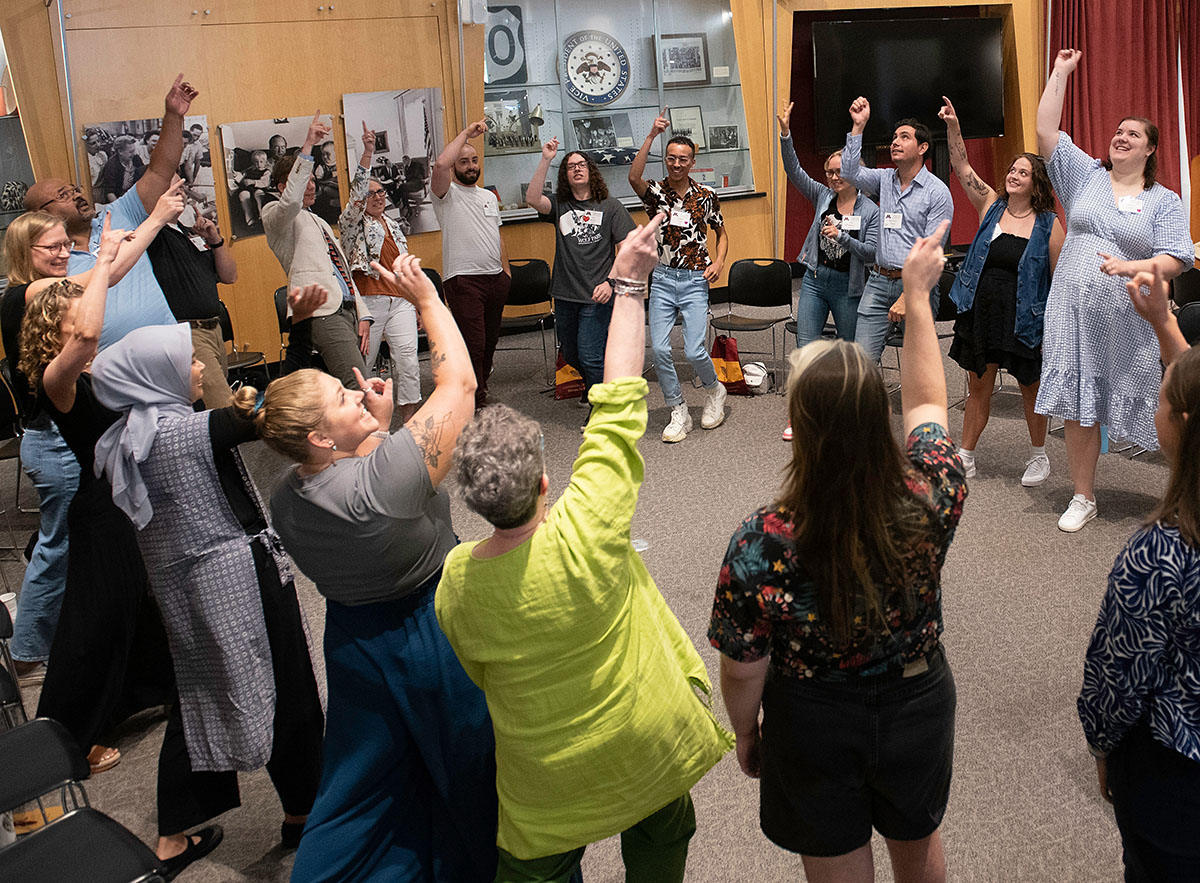Since 2001, incoming first-year students in the University of Minnesota’s College of Biological Sciences (CBS) have ventured to Itasca State Park to participate in the college’s Nature of Life at Itasca (NOL @ Itasca) program, a unique experience exposing students to their future fields of study.
During the four-day, three-night residential field program, students participate in both outdoor field-based activities and indoor lab-based activities, allowing them to gain valuable experiences and meet classmates before entering the University.
NOL @ Itasca is a key aspect of CBS’ required three-part Nature of Life Series, which includes a first-year and second-year experience course, according to the Nature of Life Series website.
Associate Professor and Head of the Department of Biology Teaching and Learning David Kirkpatrick said NOL @ Itasca is the introductory component to the Nature of Life Series, getting students acquainted with the University and giving them a smaller home within a large institution. He said the series builds the foundation of what students need to succeed in science careers after graduation.
Nature of Life Program Director Brittany Eich has been involved with the program since 2014. Prior to her time as director, Eich was a CBS student leader and was brought onto the program’s professional staff as an assistant before her promotion to director three years ago.
The program is hosted at Itasca Biological Station and Laboratories (IBSL), a University field station whose entire 49-acre campus lies inside Itasca State Park about four hours northwest of Minneapolis, according to the IBSL website.
For students unable to attend NOL @ Itasca over the summer, Eich said there is a similar, alternative program called Nature of Life at Cedar Creek, which is only about an hour away from Minneapolis.
“That’s a really cool connection that they’re seeing one of CBS’ field stations, that they’re getting to use the labs, that they might hopefully come back and take a field course,” Eich said.
During the first day at Itasca, Eich said students meet their groups, instructors and peer mentors and learn about the field station and some of the University traditions, including the Minnesota Rouser and the Alma Mater. In the following days, students participate in modules led by University instructors.
The modules are focused on building scientific knowledge, covering a variety of topics connected to the program’s environment, Eich said. For example, one module may require students to write essays while another has them sample moss in the forest.
Modules are taught by University instructors like Kirkpatrick and Deena Wassenberg, a professor in the Department of Biology Teaching and Learning.
Kirkpatrick said activities students do in the Nature of Life Series mirror their work in Foundations of Biology, a required two-semester course for CBS majors.
Wassenberg teaches Foundations of Biology and said her goal with NOL @ Itasca is to give students an idea of what they will learn in CBS, including the process of biology and how biologists approach questions they have.
“I think a lot of times students come into college thinking there are right answers and wrong answers,” Wassenberg said. “And to some things, there are right answers and wrong answers, but one of the things that we like to demonstrate is how much uncertainty there is, and how, as biologists, we have to become okay with that uncertainty.”
While the program allows students to build relationships with their peers, it also allows instructors and students to connect, Wassenberg said.
“A couple of students will come up to me and be like, ‘Hey, I was in your module,’” Wassenberg said. “That’s an experience we had together. And so that’s just a great way to have an immediate connection with the student.”
On the third day of NOL @ Itasca, students participate in the Itasca Expo, which Eich said is where students present what they did in their modules. Students also have free time to participate in typical camp activities like hiking, canoeing, kayaking and paddle boarding, she added.
Eich said many CBS students enter the University with the plan to pursue a career in the medical field. She said NOL @ Itasca is a way to show students unique scientific opportunities outside medicine.
Wassenberg said besides being a great way to welcome students to CBS, the program is family-friendly. She said when she started instructing at NOL @ Itasca, she was encouraged to bring her two young children.
“I brought them and a babysitter, and my students got to see me, both as a faculty member and also as a person with a life outside of my faculty role, and you know, as a mom and as somebody who perhaps is just a little more humanized than what you would see in the classroom,” Wassenberg said.
Kirkpatrick said NOL @ Itasca is the one time a year he has the opportunity to teach with his wife Catherine, who is an associate professor in the Department of Biology Teaching and Learning. Together, David said he and his wife teach a module where students examine fruit flies.
According to Eich, the program was founded to provide better support to incoming students by building community within CBS, creating connections with University resources and providing avenues for students to talk to leaders and instructors.
During NOL @ Itasca, students have opportunities to talk with peer mentors about their concerns, Eich said. She said this may include reservations about the transition to college, finding friends or struggling in their classes.
On the fourth and final day, Eich said there is a graduation ceremony where students look back on their time in Itasca and receive a special Nature of Life shirt.
“The students who come up here this summer are the only ones that get that t-shirt,” Eich said. “So if they ever see that person on campus, they know two things immediately. That person has gone through Itasca, so I have something to talk to them about, and that person is in CBS.”
Students who feel comfortable being around their classmates usually perform better in school, Kirkpatrick said.
“Having people they feel comfortable with takes away that level of stress,” Kirkpatrick said.
Kirkpatrick added working in the modules helps students gain confidence in themselves as scientists, helping them engage in similar content to their courses at the University and in their future careers.
Eich said the number of sessions in a given summer depends on enrollment. She said this summer is the biggest yet, with about 775 students coming to CBS in the fall, so the program will host seven sessions throughout June and July.
The field station does not get great cell service, Eich said. Students are more likely to lean into the community-building aspect of the program by participating in recreational activities like beach volleyball, campfires, tug of war and the Great Itasca Relay Race.
“This is a moment to slow our students down and to provide some really cool connections that they might not have done otherwise,” Eich said.


